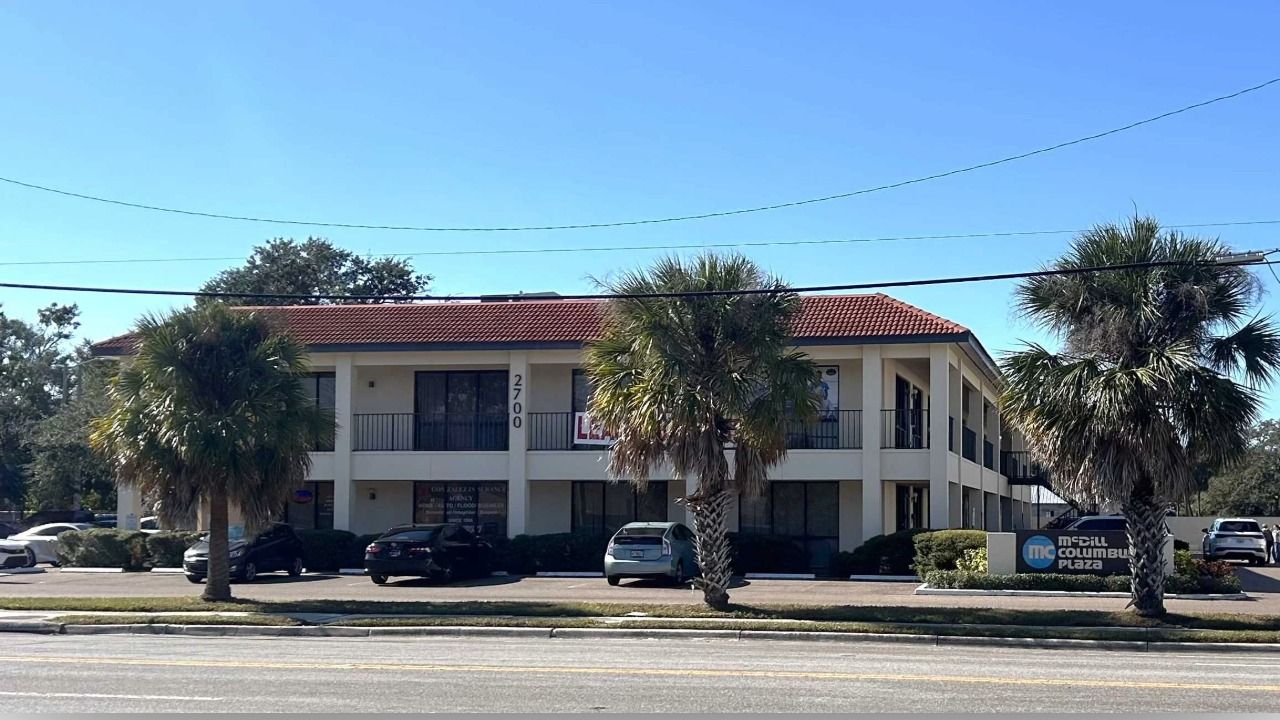By Sean Marcil, Managing Partner, CirrusTel
Businesses are faced with more risk from disastrous events today than any other time in history. Moreover, these risks have evolved to include more points of exposure. The risks are ever-present, and they never stop. “The State of Ransomware and Disaster Preparedness: 2022″ survey identified that of the 79% of organizations that activated a disaster recovery plan, nearly two-thirds (61%) of these incidents were triggered by ransomware or other malware. (1)
According to FEMA, 90% of businesses fail within a year if they are unable to get back up and running within five days after a disaster. The longer recovery takes, the more likely a business will have to permanently shutter its doors. (2)
A 2020 survey found that 51% of companies across the globe do not have a business continuity plan. (3)
The above are just a few of the alarming stats associated with running a business in today’s global marketplace and digital era. So, how do you protect your livelihood and business without breaking the budget, and be able to scale, or adapt, to obtain or sustain growth?
Tip #1: Embrace “XaaS”. There are too many “as a service” solutions to list; but here are a few that you should consider at a minimum. These solutions can help support or provide work from anywhere environments:
- UCaaS: Unified Communications as a Service
- CCaaS: Contact Center as a Service
- DaaS: Desktop as a Service
- IaaS: Infrastructure as a Service
- PaaS: Platform as a Service
By moving your applications to a service provider’s solution, you can benefit from their disaster recovery and business continuity capabilities. These solutions are generally designed to be resilient and some even have a 100% uptime service level agreement, enabling you to work securely from anywhere if you have an internet connection. With 5G connectivity growing and rapidly becoming available across the United States, the speed (Mbps) of a connection is virtually no longer an issue.
Tip #2: Connectivity. It is paramount that your users have multiple modes to connect to the internet. By multiple modes, I mean redundant and diverse internet connectivity.
- Two separate physical fiber connections to your offices. Ideally, not using the same conduit into the premise.
- Dedicated Internet Access (DIA) and Broadband.
- Broadband and Cellular (5G, 4G LTE)
Each of these connectivity modes can be connected to equipment such as SD-WAN, which can intelligently route the data across the connection that is available, in some cases your phone call will not drop even if one connection fails. Ideally, you should have this equipment in a Highly Available (HA) configuration.
Tip #3: Use Disaster Recovery as a Service (DRaaS). DRaaS is a cloud computing service model that allows an organization to back up its data and IT infrastructure in a third-party cloud computing environment and provide all the DR orchestration. This SaaS solution will allow you to regain access and functionality to IT infrastructure after an outage. The right DRaaS solution and there are many flavors, can empower your team to manage to a Service Level (SLA), better ensuring the system is ready to use (if needed), and that your Backups or Systems are functioning properly. Most importantly, the DRaaS design should be tailored to use at the rate your business needs. Not all businesses need the same DRaaS solution.
Tip #4: Utilize an Agnostic Trusted Advisor. Making timely and accurate decisions are paramount to the success of a business. Look for a trusted advisor that has the platform and experience to bring value to your team. Trusted advisors should have access to experienced third-party engineers, competitive intelligence, and be able to analyze your technology needs to provide you with a concise report and data that any of your Stakeholders will understand why you have selected such solutions or network designs.
Tip #5: Insurance. Always be sure to use a licensed and reputable Insurance agent to help you make any decision with respect to any insurance needs, as well as be sure to consult with a CPA and a lawyer. Insurance is a necessary cost of doing business.
In my experience, there are two types of insurance products that can be paramount to your business’s ability to survive an event, they are:
- Cybersecurity Insurance; and
- Business Interruption Insurance
In my finance and operations roles, which was before the cybersecurity sensitive era we now find ourselves in; I had two incidents where I managed the insurance claims and a rebuilding process. In both incidents, those businesses were able to survive without any major losses because they had the proper business interruption insurance. One event was Hurricane Wilma, and the other was a simple human error that damaged an entire manufacturing line.

For more information, contact Sean Marcil:
Phone (813) 775-2410 or via email [email protected]
References:













